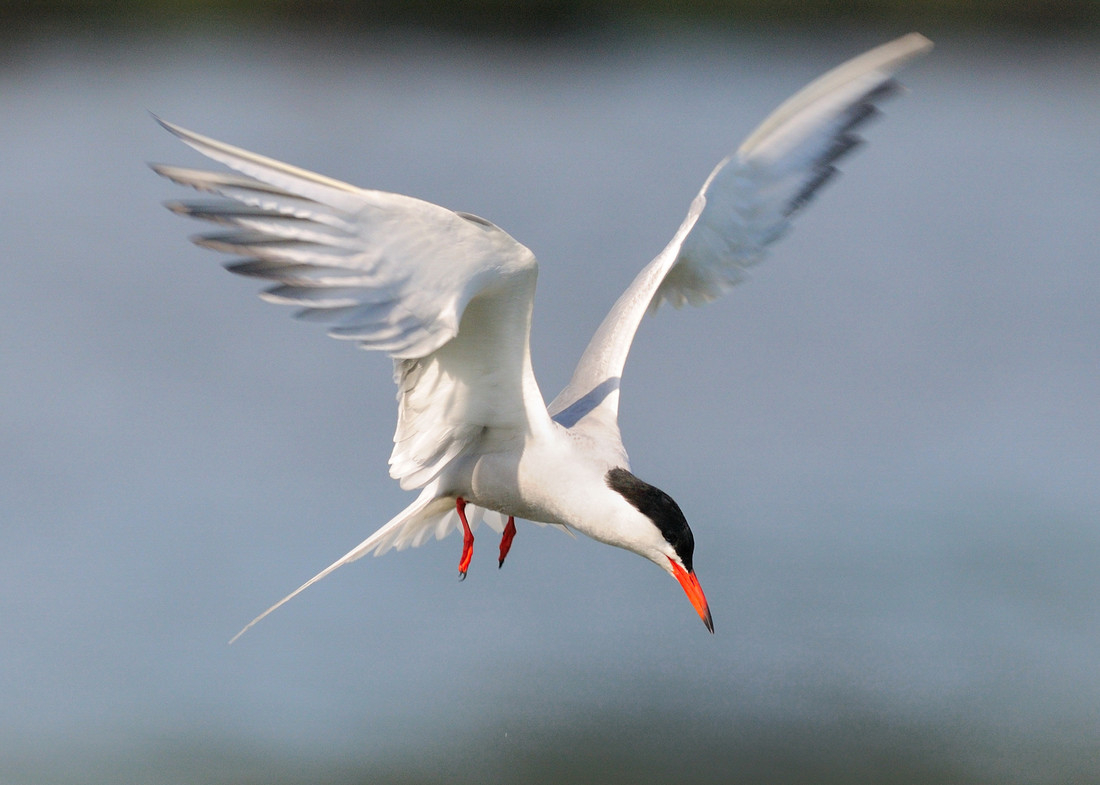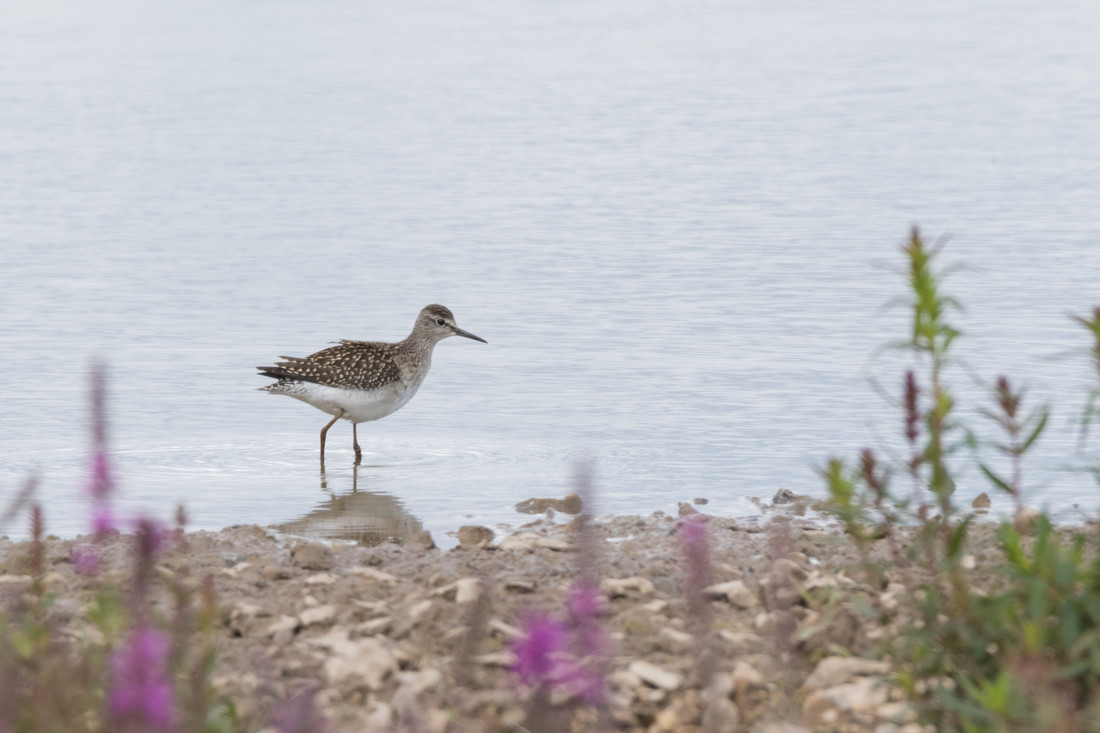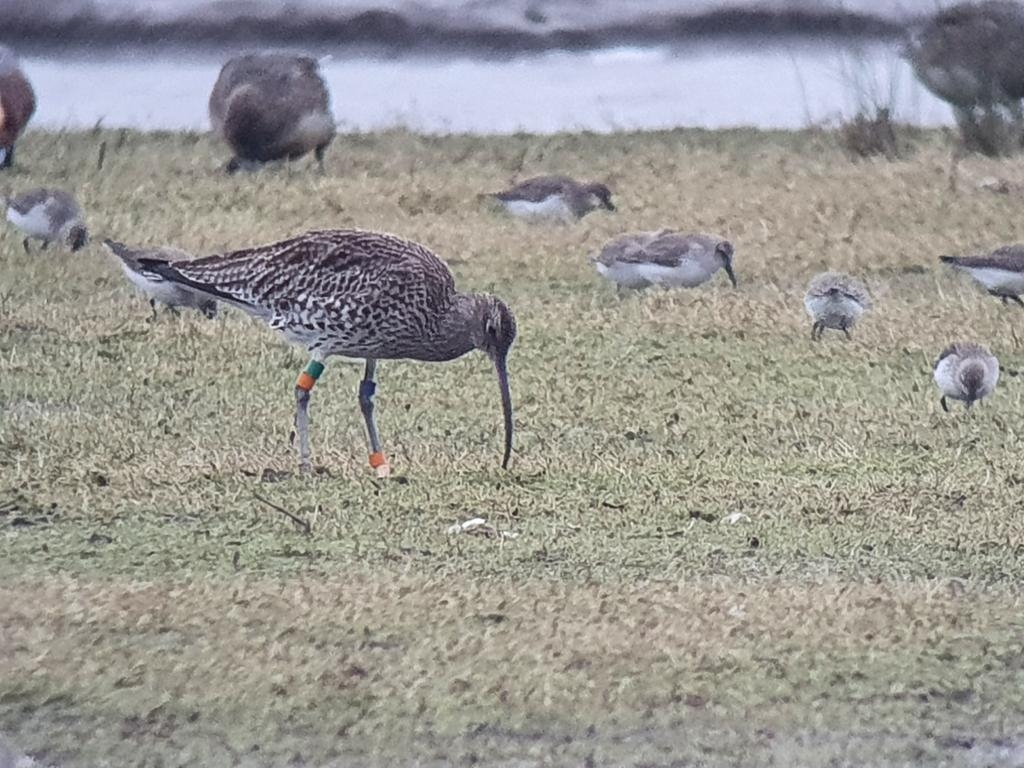Wildlife sightings for 29th March 2012
4 Redshank - wadrer scrape, main lake 28 Lapwing - site count 7 Cetti's Warbler - wildside, reedbed, waterlife, sheltered lagoon 6 Chiffchaff - wildside, waterlife, sheltered lagoon [...]
4 Redshank - wadrer scrape, main lake
28 Lapwing - site count
7 Cetti's Warbler - wildside, reedbed, waterlife, sheltered lagoon
6 Chiffchaff - wildside, waterlife, sheltered lagoon
2 Blackcap - wildside, sheltered lagoon
1 Kingfisher - flew S
Common Lizards can be seen basking across the reserve on bridges, log piles, and the sides of the WWF and Dulverton hides in this sunny weather, and grass snakes and slow worms are being found in good numbers under refugia.
Some additional sightings from Sunday:
Male Marsh Harrier seen leaving the site and following the river North, c. 5:30-5:45
Bee-fly seen among some solitary bees/wasps near their burrows close to the succession trail, so they are possibly looking to deposit eggs there so the larvae can predate the bee/wasp eggs/larvae.
Recent bird highlights: Bittern, Peregrine, Red Kite, Marsh Harrier, Buzzard, Curlew, Black-tailed Godwit, Jack Snipe, Woodcock, Redshank, Dunlin, Sandwich Tern and Bearded Tit.
The grazing marsh is currently in flood and attracting good numbers of Teal, Shoveler, Snipe, Pintail and Wigeon. Look out for possible Jack Snipe along with Stonechat, Skylark and occasional Pipit species.
Small flocks of Siskin, Goldfinch, Lesser Redpoll and Mealy Redpoll are feeding amongst the Alder and Birch trees. Redwing and Fieldfare are feeding on the remaining Hawthorn and Holly berries, particularly in the entrance area.
The first Bitterns arrived mid-October and now 1-2 can still be found anywhere on the reed fringes of the main lake, sheltered lagoon, reservoir lagoon or main reedbed.
With spring in the air the Cetti’s Warbler are becoming more vocal with at least 8 birds to be found across the reserve. Several Chiffchaffs have arrived and started singing, and the first Blackcap was seen during the second week of March. Lapwing are already beginning to scrape out nests on the main lake shingle islands while performing territorial flight displays. Great Crested Grebe and Little Grebe are displaying regularly on the sheltered lagoon. The first few Sand Martins have also arrived (mid-March).
Moths: Common Quaker, Hebrew Character, Chestnut, Acleris literana, Ypsolopha ustella, Torticodes anternella, Agonopterix heracliana, Clouded Drab, Dotted Border, March Moth, Acleris cristana, Caloptilia semifascia, Mompha epilobiella, Amblyptilia acanthadactyla, Acleris hastiana, Calybites phasianipennella.
Flowering plants: Alpine, White Butterbur, Butterbur, Grey Willow, Goat Willow, Osier, Blackthorn, Cherry, Plum, Hazel, Alder, Lesser Celandine, Daisy, Common Whitlowgrass, Marsh Marigold, Snake’s Head Fritillary, Hairy Bittercress, Common Lungwort, White Dead-nettle, Common Field Speedwell, Green Alkanet, Primrose, Colt’s-foot, Ragwort, Groundsel, Dandelion, Petty Spurge.
Water Voles: There’s a particularly active individual in the ‘reed swamp’ exhibit in World Wetlands.
Butterflies: Orange-tip, Red Admiral, Comma, Brimstone.
Bats: Soprano Pipistrelle (around main buildings), Daubenton's (resr lagoon)


